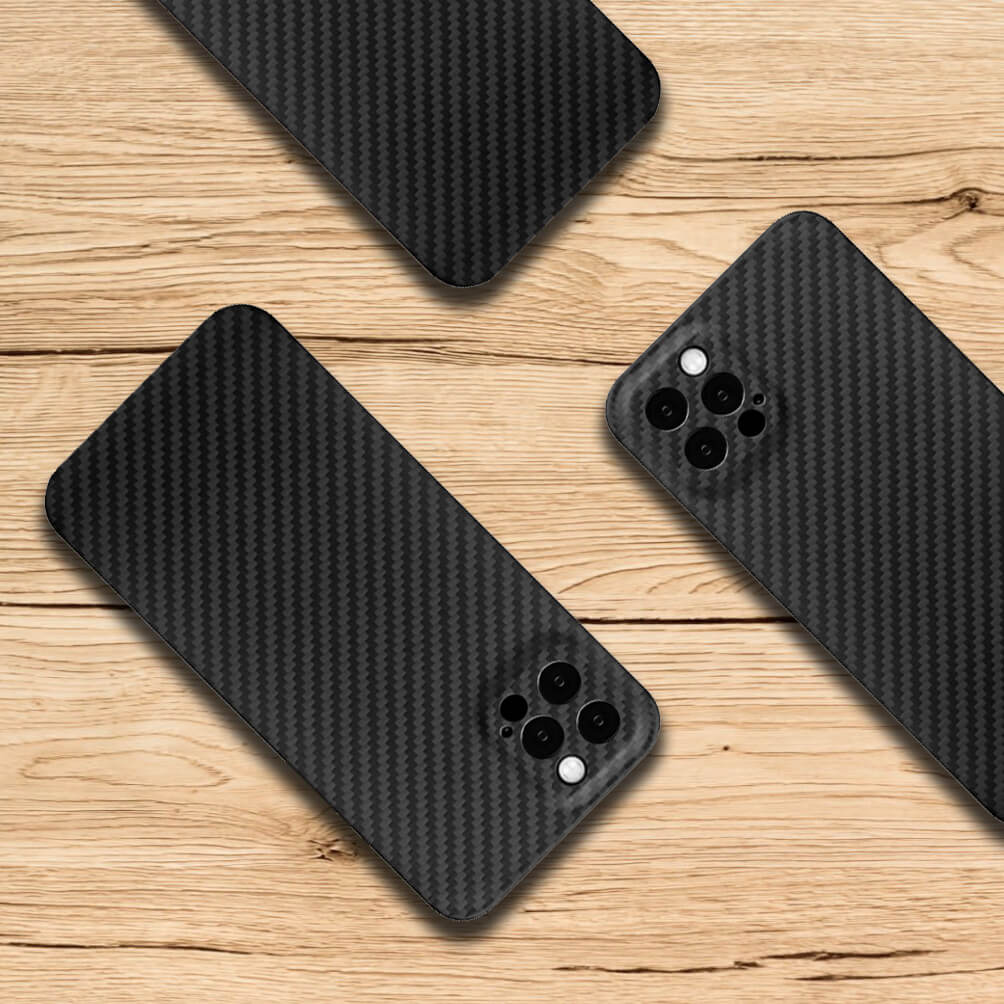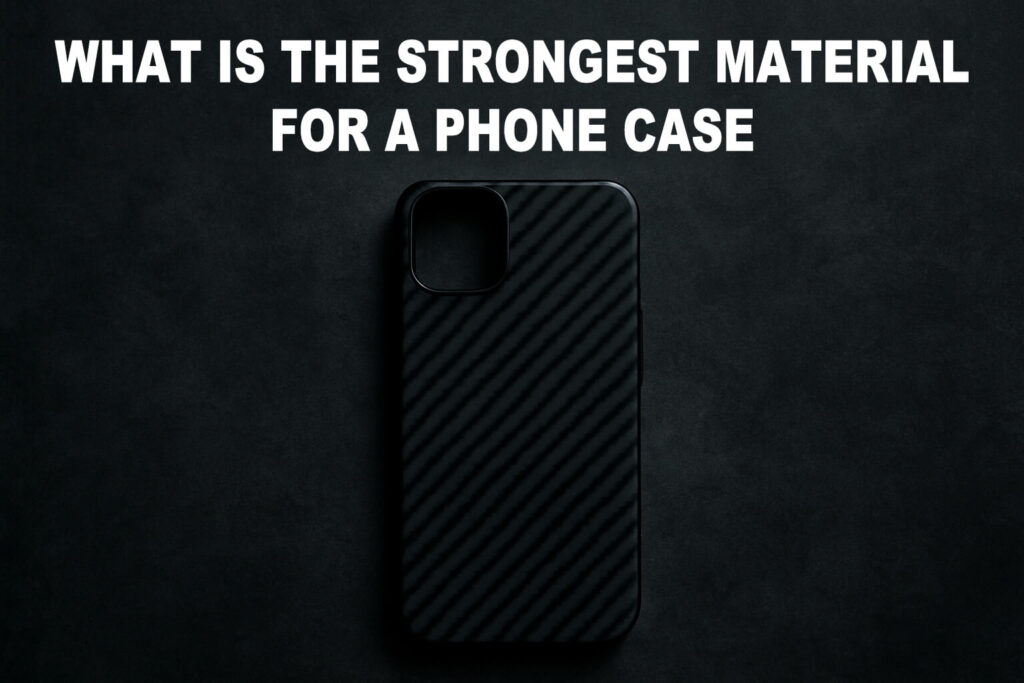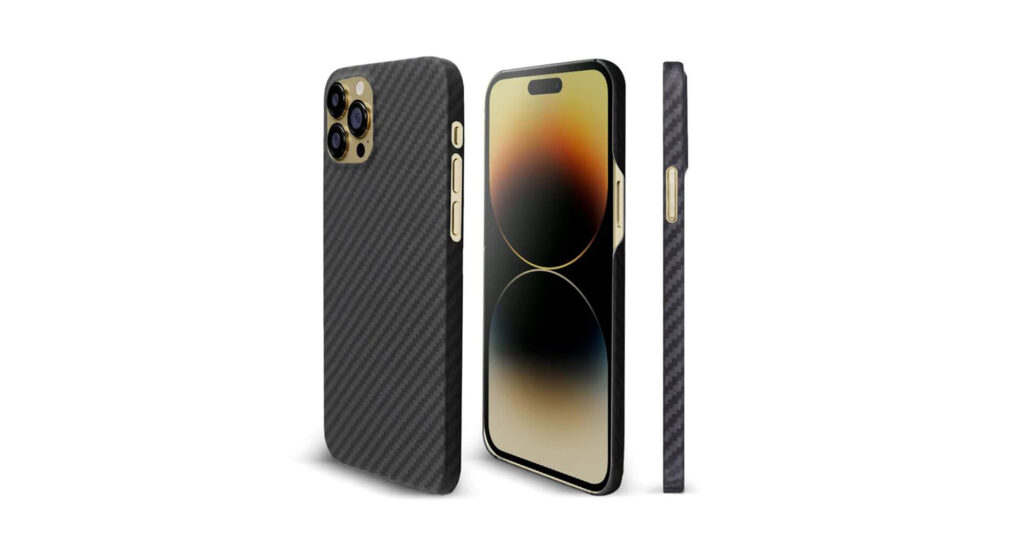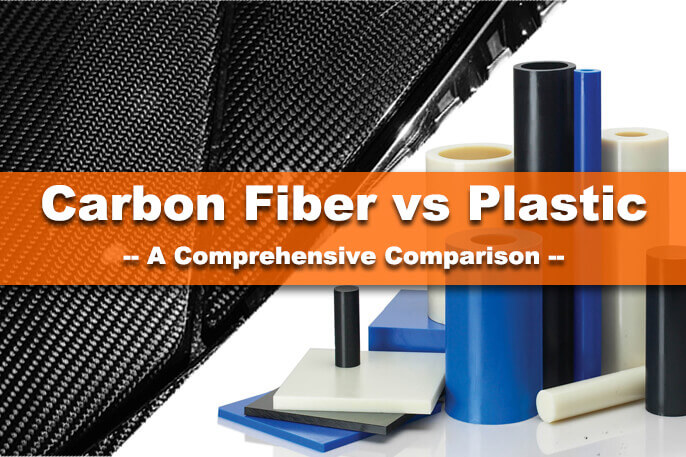Introduction
Choosing the strongest case material for your phone is crucial in protecting your device. A well-designed phone case material can prevent costly screen cracks, camera damage, and internal failures.
Users drop their phones in various ways—from pocket slips to table-edge tumbles. So selecting a material that can absorb shock and disperse force is vital.
In this article, we explore the most common and advanced materials used in phone cases. These include popular options like iPhone case materials.
We will compare them from their strengths, weaknesses, and real-world performance. These will help you pick the best protection for your phone.

Why Material Strength Matters
A phone case’s material determines how well it can handle impacts.
During a drop, the case must absorb energy to reduce the force transmitted to the phone.
Materials with higher impact resistance and energy dissipation rates should be the first option. Because they offer better protection against cracks and internal damage.
Modern hybrid cases use multiple layers to maximize shock absorption.
Evaluations show that single-material cases vary widely. Even durable plastics can fail if they lack flexibility or cushioning layers.
The choice of case material directly affects factors like scratch resistance and camera protection.
Key Factors in Phone Case Materials
When choosing a case, consider:
- Impact Resistance: Ability to withstand drops from various heights.
- Durability: Longevity under daily wear, including scratches and temperature changes.
- Flexibility: Materials that flex on impact absorb shock more effectively.
- Weight and Thickness: Thicker or denser materials often protect better but add bulk.
- Grip: Textured materials reduce slips, preventing drops in the first place.
- Water Resistance: Some materials offer better protection against liquid damage.
- Scratch Resistance: The ability to maintain appearance and integrity over time.
- Wireless Charging Compatibility: Ensuring the case material doesn’t interfere with charging.
A balance of these factors leads to the strongest overall protection for regular use.
Common Phone Case Materials
Silicone
Silicone phone cases are soft and flexible. They cushion the phone well, absorbing energy on impact.
Drop tests from 3 meters showed silicone cases prevented damage over 95% of the time, making them reliable for everyday use.
However, silicone can stretch with age and may attract lint. Besides. its slip-resistant texture adds grip but also picks up dust.
Thermoplastic Polyurethane (TPU)
TPU is a semi-rigid plastic that balances flexibility with strength. It flexes slightly to absorb shocks yet maintains a slim profile.
TPU resists scratches better than silicone but can yellow over time.
It offers good drop protection without much bulk, making it a top choice for minimalists.
Polycarbonate (PC)
Polycarbonate phone cases are known for high impact resistance. They protect well against direct hits.
But, it can transmit more force to the phone if not combined with softer layers.
PC cases are light and thin but may crack under extreme stress.
Users often pair PC shells with TPU inner layers to get the best of both materials. This can create a hybrid of TPU, polycarbonate protection.
Leather
Leather phone cases excel in aesthetics and grip. Genuine leather develops a patina and feels premium in the hand.
However, leather offers minimal shock absorption compared to rubber or plastic.
Therefore, it is best suited for users who value style over extreme protection.
Synthetic leather alternatives are also available for those seeking a similar look with different properties.
Advanced High-Performance Materials
Carbon Fiber
Carbon fiber has a high strength-to-weight ratio and a sleek, high-tech look. It resists bending and provides a rigid shell.
While carbon fiber can crack if too thin, reinforced weaves offer excellent drop protection.
It is water-resistant and does not deform under stress.
Carbon fiber cases are pricier but deliver top-tier durability in a slim package.
Kevlar / Aramid Fiber
Kevlar (a type of aramid fiber) is famous for bulletproof vests. In phone cases, it offers exceptional toughness and flexibility.
Kevlar cases can be as thin as 0.65 mm while still boasting five times the strength of steel by weight.
They flex under impact to absorb energy then return to shape.
Kevlar cases maintain signal integrity better than metal and resist scratches.
Hybrid Composites
Hybrid cases combine layers of TPU, polycarbonate, and sometimes metal or fabric to maximize protection.
A typical hybrid design uses an inner TPU layer for shock absorption and a PC outer shell for rigidity.
Some brands add metal mid-frames for frame-level strength.
While hybrids are bulkier, they distribute impact forces across multiple materials. This multi-layered approach offers the highest protection levels for extreme users.
Graphene-Reinforced Plastics
Graphene-enhanced cases are emerging in high-end models.
Graphene’s excellent stiffness and conductivity can improve impact resistance and heat dissipation.
These cases often feature a graphene composite inner layer under a PC shell.
Though still niche and expensive, graphene-reinforced designs hold promise for future ultra-thin, ultra-strong protection.
Comparing Materials Side-by-Side
| Material | Impact Resistance | Flexibility | Thickness Range | Weight Impact | Bulk |
|---|---|---|---|---|---|
| Silicone | High (3 m/95%) | Very High | 1–3 mm | Low | Low |
| TPU | Medium–High | High | 1–2 mm | Very Low | Low |
| Polycarbonate (PC) | High | Low–Medium | 0.5–1.5 mm | Low | Low |
| Leather | Low–Medium | Medium | 1–2 mm | Low | Low |
| Carbon Fiber | Very High | Low | 0.5–1 mm | Very Low | Very Low |
| Kevlar / Aramid | Very High | Medium | 0.5–1 mm | Very Low | Very Low |
| Hybrid (TPU+PC+…) | Highest | Variable | 2–4 mm | Medium | High |
| Graphene Composite | High | Medium | 0.5–1 mm | Very Low | Very Low |
| Data from industry tests and manufacturer reports. (casebx.com , blog.truegether.com) |
Real-World Drop Test Results
- Silicone phone cases: 3 m drop tests achieved over 95% success without phone damage.
- TPU+PC hybrids: Typical performance shows phones survive drops from 2 m using MIL-STD-810G testing.
- Kevlar cases: Thinner than carbon fiber but absorb 20–30% more impact energy in lab tests.
- Carbon fiber shells: Maintain structural integrity at drops exceeding 2 m, though edges may crack under severe corner impacts.
These figures underscore that hybrid and aramid fiber designs lead in real-world performance. Simple plastic cases perform well under moderate drops but lag behind advanced composites.
Balancing Protection and Practicality
Yes, advanced materials offer superior strength. But they come at higher cost and sometimes reduced grip or bulk. For most users:
- Daily wear: TPU or silicone phone cases provide reliable protection at low cost.
- Active lifestyles: Hybrid cases with raised edges and multiple layers safeguard phones against rugged use.
- Premium devices: Carbon fiber or Kevlar cases deliver the ultimate protection in a slim form factor.
- Style focus: Leather phone cases or thin PC shells prioritize aesthetics but may need extra care.
Choose based on your drop risk profile, budget, and style preferences. Consider factors like wireless charging compatibility and camera protection when making your decision.
Conclusion
The strongest material for a phone case depends on your specific needs and lifestyle.
For maximum shock absorption, hybrid multi-layer cases excel. If weight and thinness matter, Kevlar or carbon fiber lead the pack.
TPU and polycarbonate remain solid, affordable choices for everyday drops. Silicone offers stellar grip and budget protection.
As new composites like graphene emerge, expect even thinner, tougher cases in the future. By weighing impact resistance, flexibility, bulk, and price, you can select a case that keeps your phone safe without sacrificing style or convenience.


